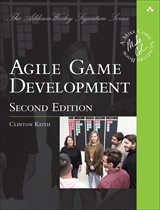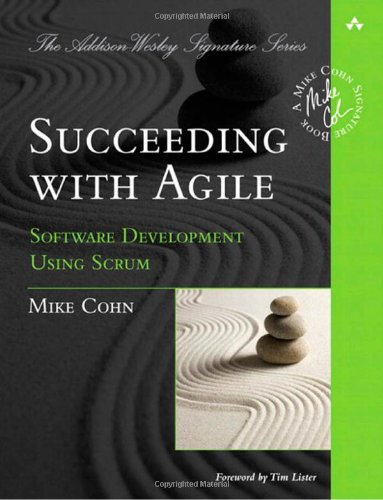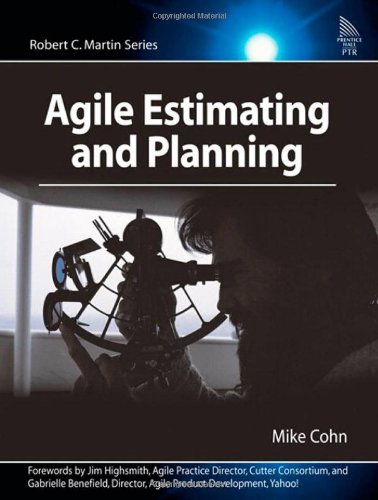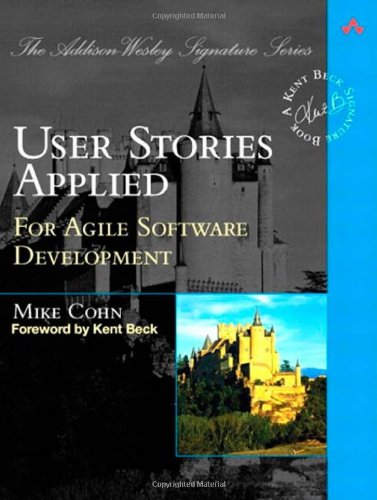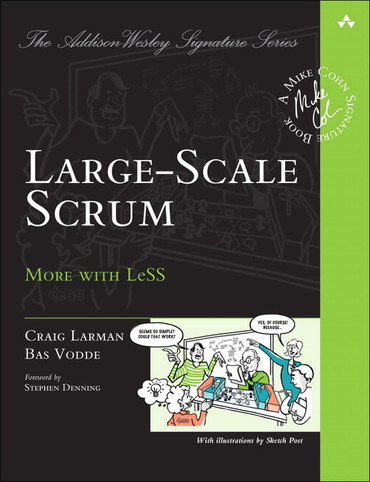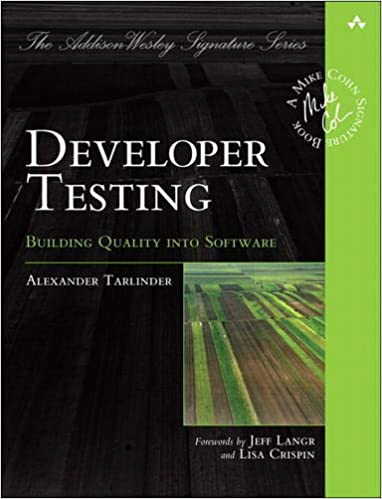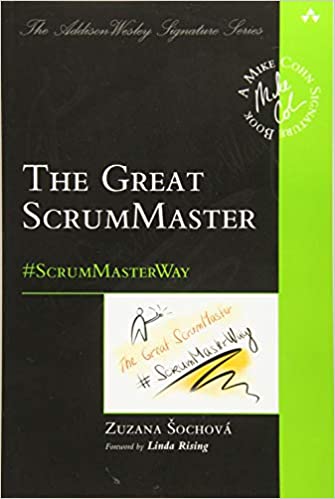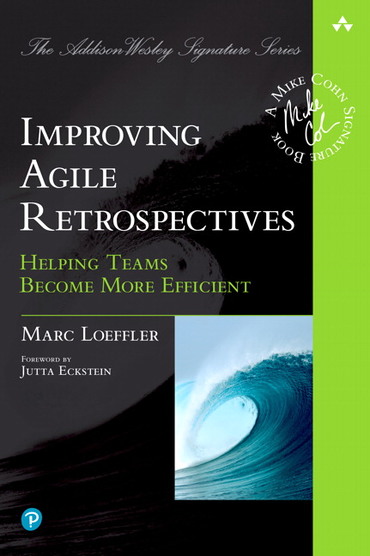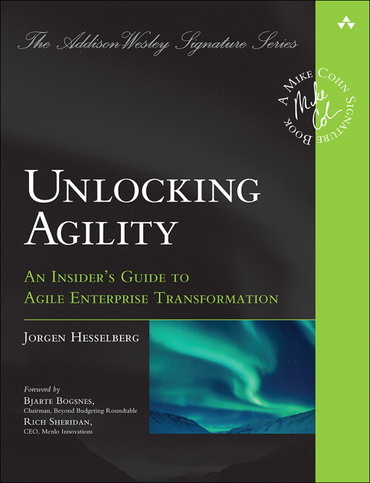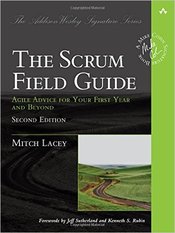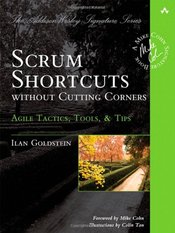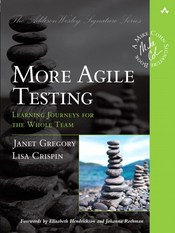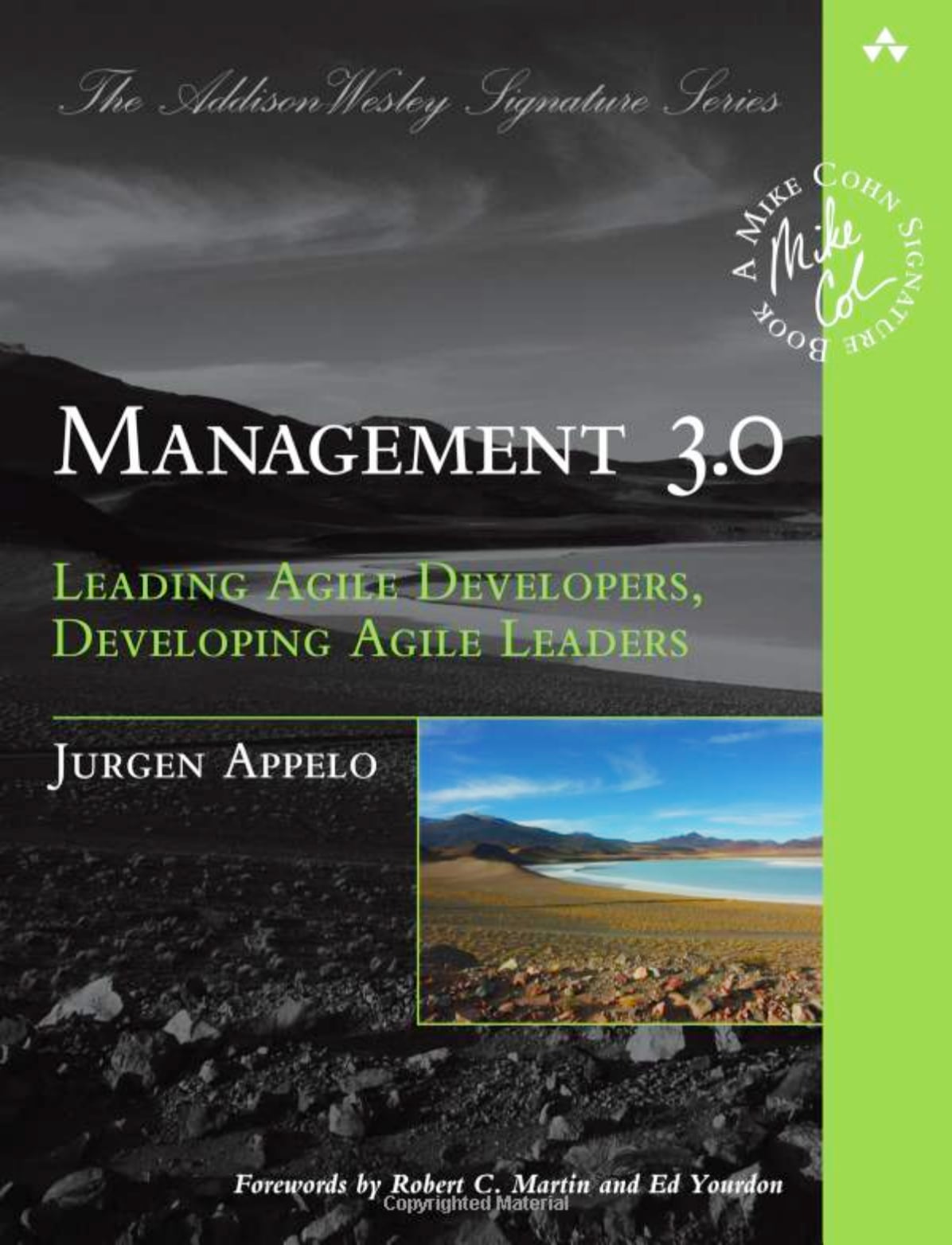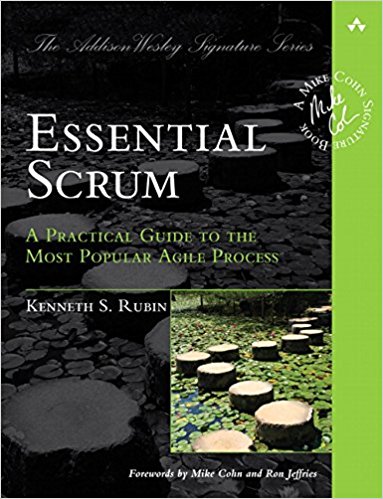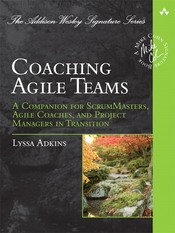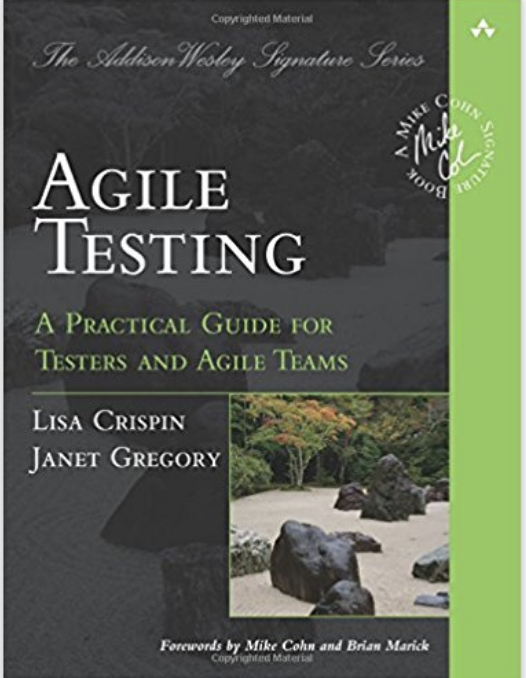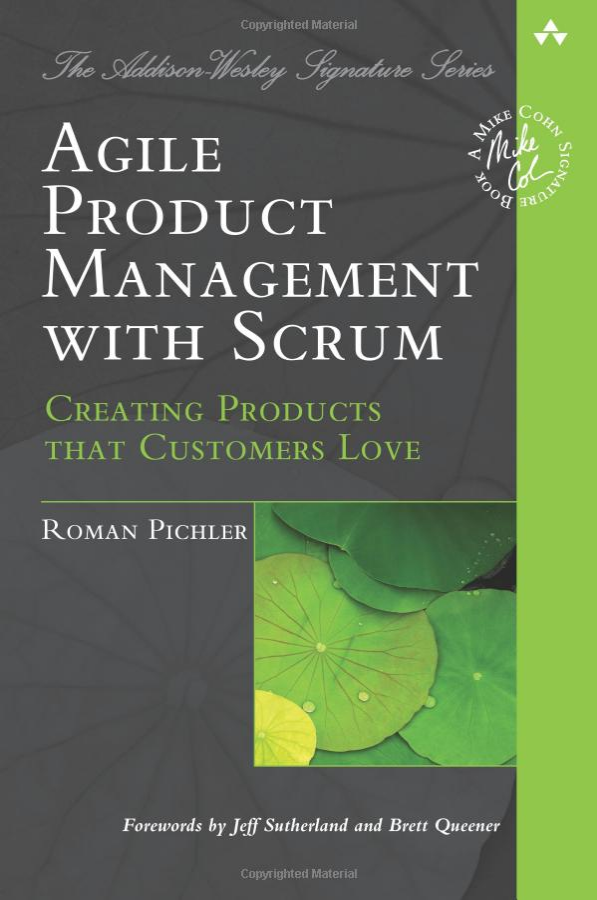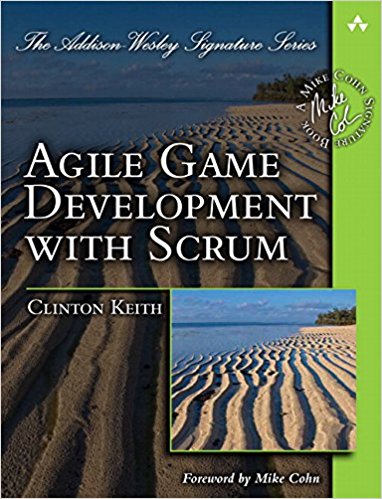In Agile Game Development , Clinton Keith offered game development team members the first complete blueprint for leveraging the power of Scrum and Agile methods to deliver games more efficiently, rapidly, and cost-effectively; create games that offer more entertainment value; and make life more fulfilling for every development team member. Now, reflecting his unsurpassed experience helping more than 150 game development studios succeed, Keith has thoroughly revamped his classic guide for today’s radically transformed industry. The only Certified Scrum Trainer to help build 20 AAA-level games, Keith is singularly well-placed to help game developers solve the problems they actually face.

Clinton Keith
Clinton Keith has 20 years of product development experience, including defense-related projects and cutting-edge technology research, including work on the F-22 fighter. He has 15 years of experience in video game development and has led technology efforts on the latest platforms. He introduced the video game development industry to Scrum and Agile in 2003, when game projects had grown to exceed $20 million budgets and 100+ team members. He has been an independent certified Scrum trainer and Agile coach since early 2008, and is a nationally recognized leader, communicator, and innovator.

